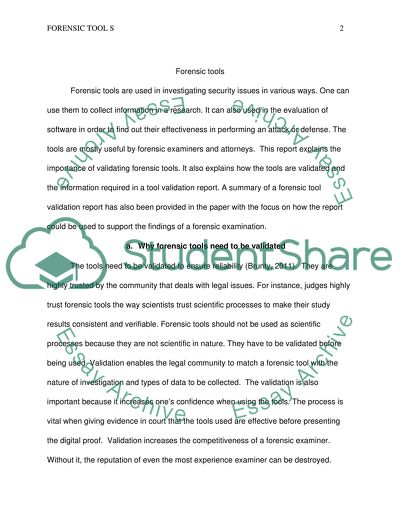Cite this document
(“Forensic Tools Research Paper Example | Topics and Well Written Essays - 1750 words”, n.d.)
Forensic Tools Research Paper Example | Topics and Well Written Essays - 1750 words. Retrieved from https://studentshare.org/information-technology/1659066-forensic-tools
Forensic Tools Research Paper Example | Topics and Well Written Essays - 1750 words. Retrieved from https://studentshare.org/information-technology/1659066-forensic-tools
(Forensic Tools Research Paper Example | Topics and Well Written Essays - 1750 Words)
Forensic Tools Research Paper Example | Topics and Well Written Essays - 1750 Words. https://studentshare.org/information-technology/1659066-forensic-tools.
Forensic Tools Research Paper Example | Topics and Well Written Essays - 1750 Words. https://studentshare.org/information-technology/1659066-forensic-tools.
“Forensic Tools Research Paper Example | Topics and Well Written Essays - 1750 Words”, n.d. https://studentshare.org/information-technology/1659066-forensic-tools.


